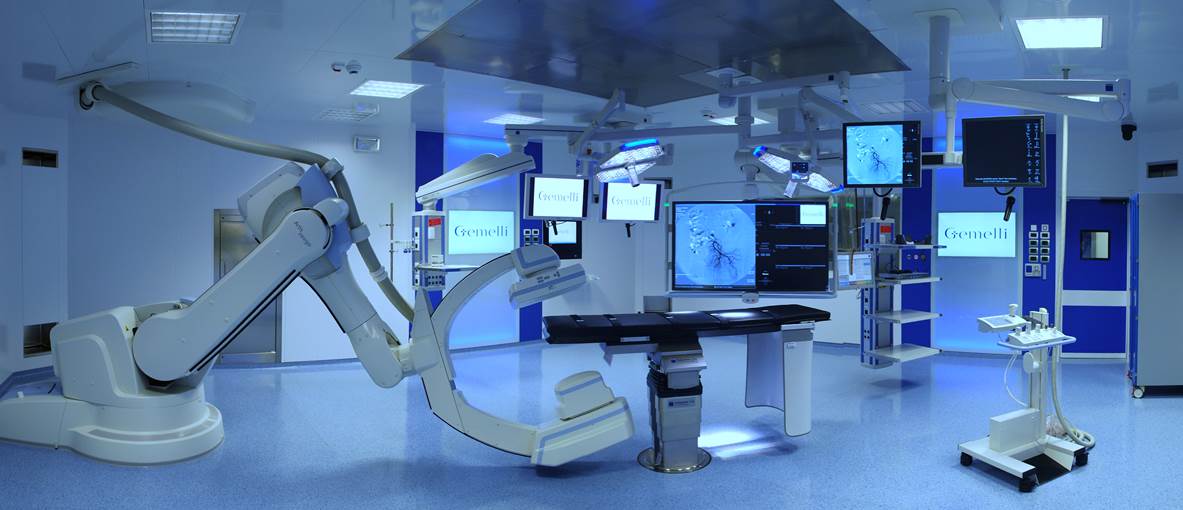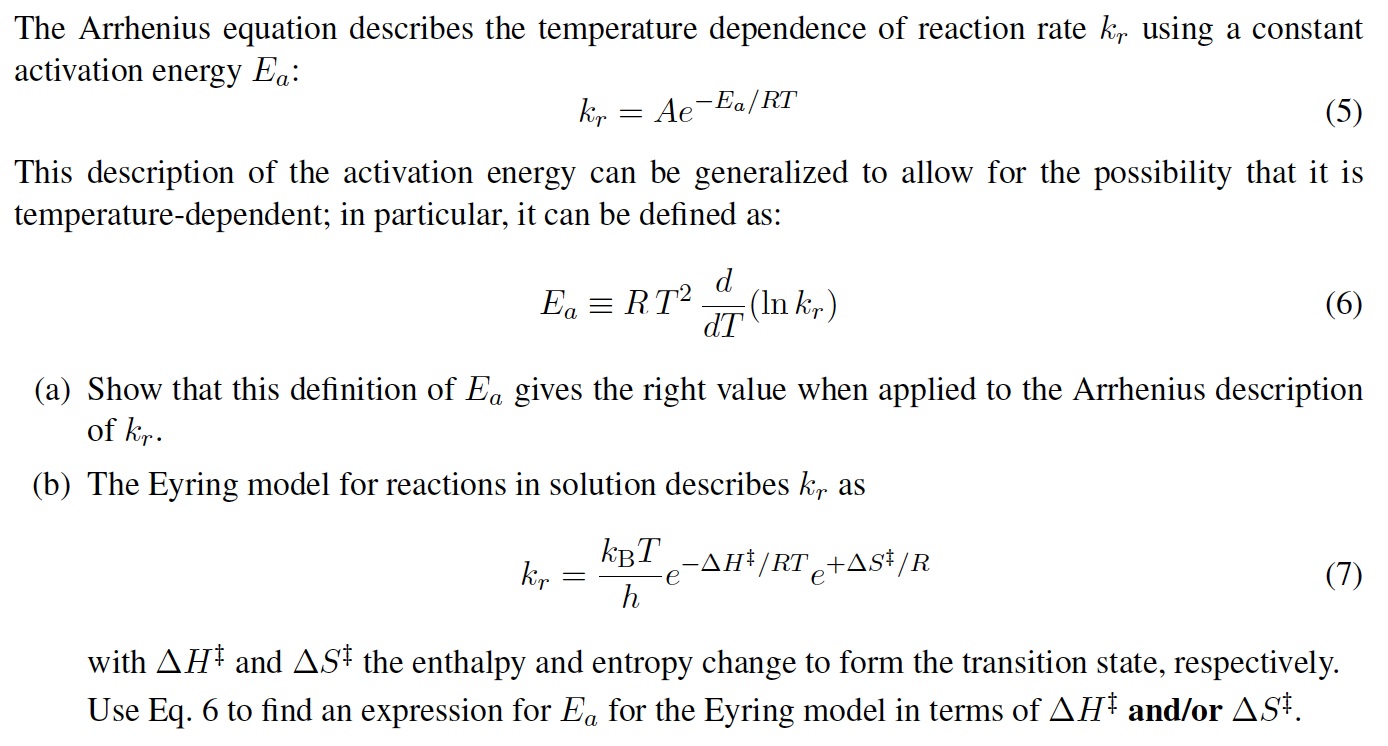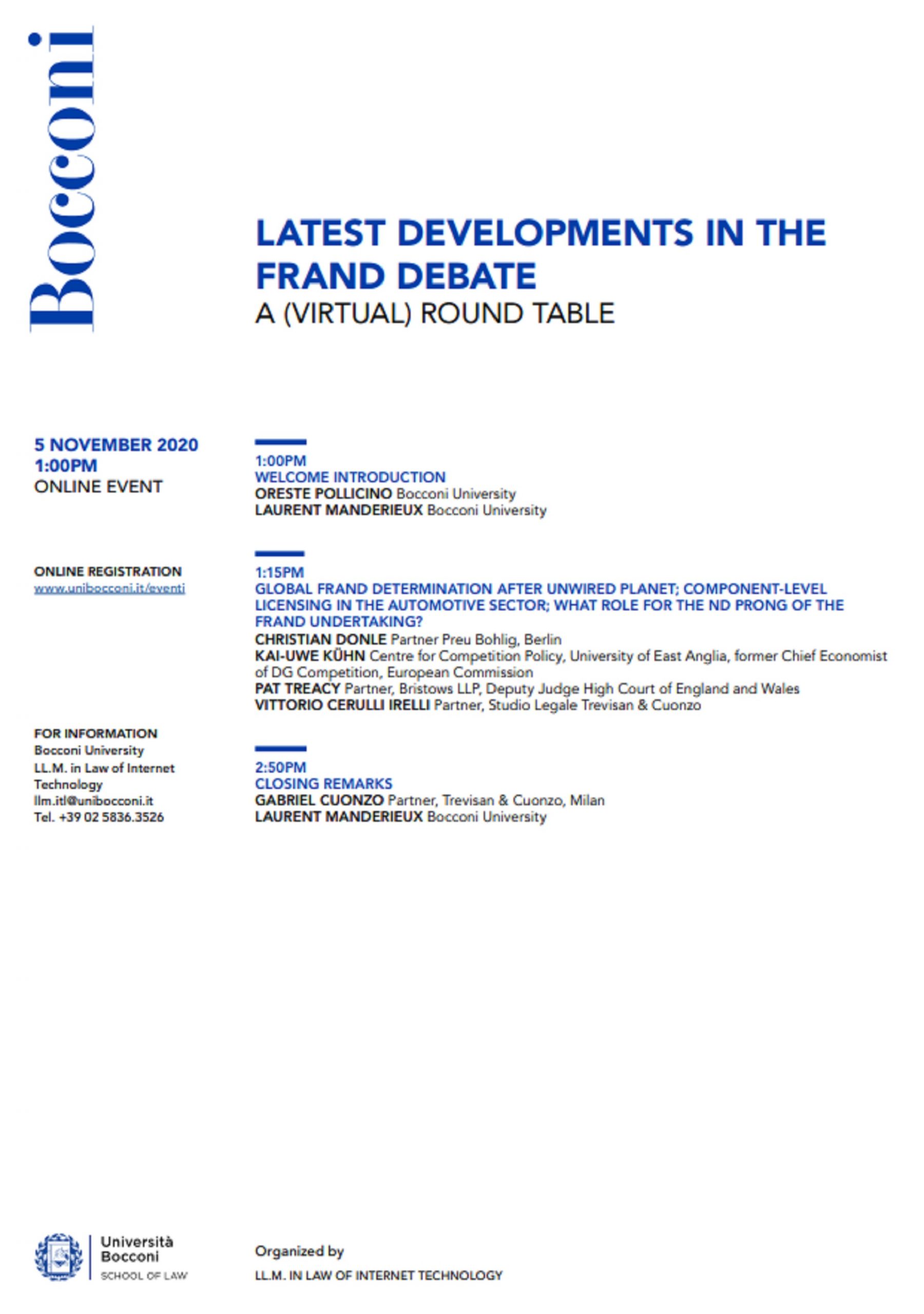Tag Archives: Italy
- Home
- Posts tagged "Italy" (Page 2)

Architecture of power systems: Special cases
The architecture of electric power systems: Some special cases
Abstract Modeling of the electric system “architecture” aims to achieve performances of operation, maintenance and safety. The paper discusses about the criteria in designing the normal and special cases that need a structured architecture complying with electrical loads extensively distributed and with installation requirements proper to external stresses hazard as earthquake, fire, flood, extreme environment conditions. Also advanced architectural buildings outside of the typical and classical configurations require tailored solutions for the electrical systems. The general criterion of designing power distributions is to structure the system in two or more levels from the utility up to the terminal equipment adopting a number equal or lower of voltages. The criterion of the barycentered distribution is generally applied for defining the dimension and the voltage of each distribution level. In critical facilities, it is necessary to ensure that electrical service will be available during and after a hazardous event and so all the components should have adequate ratings and be installed in a proper manner. A special power distribution, “brush-distribution”, is suitable for the strategic buildings with higher risk for seismic event, for the photovoltaic systems against extreme temperature conditions and for the road tunnels against the fire.
PURCHASE INFORMATION: IEEE Digital Library
Topology of Continuous Availability for LED Lighting Systems
Topology of Continuous Availability for LED Lighting Systems
Giuseppe Parise – Marco Allegri
Luigi Parise
Raffaele Pennacchia – Fabrizio Regoli
Giorgio Vasselli
Abstract: Lighting systems with a big number of luminaires in large halls are a case of distributed loads that need topologies with modularity, whenever possible to ensure a uniform distribution of the supplying circuits, an easier installation, management, and maintenance. The light emitting diode (LED) luminaires give a great impact on the system operation due to their auxiliary series devices and to the high inrush currents of the ac-dc switching power supplies. This article proposes a topology to design LED lighting systems, configured in a modular scheme of a main ac distribution and a branch dc distribution supplying luminaires clusters. Each cluster is provided as a “double-dual corded” equipment with double power supply and double control type, digital, and analogic. The suggested topology aims to make available a system that allows overcoming fault situations by design and permits maintenance activities limiting and recovering degradation conditions. In this way, the lighting system of special locations, for which there is the willingness-to-accept greater financial costs against loss service risks, can satisfy the requirement of continuous availability system. To provide more details on the proposed design criteria this article describes, as case study, the lighting system of a parliamentary hall with one thousands of luminaires.
CLICK HERE to order complete paper
https://t.co/NumxiedKbR
print(“Illumination”)@beatricedegraaf @UniofOxford pic.twitter.com/DBIvns5k4K— Standards Michigan (@StandardsMich) February 17, 2022
Wiring Fire Prevention in Hospitals
Localized fire ignition hazard in branch circuits, cords and connected equipment
Abstract. In electrical power systems, the fire ignition can be originated by incident energy of faults. Faults involve overheating, arcing and burning for all the wiring exposed to mechanical damage and other insulation stresses especially wiring connected by flexible cords and cables. The mechanical damage of the stranded bare conductors can degrade the effective sizing of the total cross section, causing anomalous conditions of local overcurrent. To highlight the local incident energy in case of fault, the parameters steady current and transient current densities can assist in analyzing the event. The conductors size reduction, degrading locally the thermal withstand capability, makes ineffective the protection coordination amplifying the anomalous effect of current no detectable adequately by overcurrent protective devices. The faulted cords remain so energized and present electric shock and fire hazards. Generally and especially in strategic buildings as hospitals, preventing ignition is better than promptly extinguishing. An efficient protection can be achieved by integration of active and passive techniques : by adoption of the special device Arc-fault Circuit Interrupter (AFCI) that recognize the arcing; by wiring the circuits, particularly extension cords, with Ground-Fault-Forced Cables, GFFCs, that convert faults into ground faults easily protected by ground fault protective devices (GFPDs).
Building Electrical Wiring Based on Microsystem Criteria
Electrical Distribution Systems Based on Microsystem Criteria
This paper deals with an innovative design strategy of building power systems by introducing criteria based on both the “installation approach” and the “operating approach” applying plan-do-check-act (PDCA) cycle. The In-Op design of the electrical power systems takes care of the worst cases of configurations, adequate gaps on load in selecting the rating of components, the actual mean losses to evaluate their energetic operation, and to avoid excessive gaps on the lifetime of components. With this aim, the authors suggest consideration of the thermal aging model of Arrhenius to review the actual gap on load in selecting the rating of components. In reference to IEC standards, this paper underlines in the circuits design the cable steady and transient current densities, the load current torque density as “natural” parameters that allow applying a thumb rule in the classic sizing of the cross-sectional area of circuit conductors. Microsystem criteria in power systems design allow structuring their configuration with components of smaller size to reduce radically the volume of circuit conductors with more sensitive results in the branch distribution. The authors suggest why not reconsider the series of commercial cross section areas of power cables.
This paper was presented at the IEEE Industrial Applications Society meetings in 2015 and is now available in IEEE Transactions on Industry Applications ( Volume: 54 , Issue: 1 , Jan.-Feb. 2018 ). The authors revisit the first principles of conductor ampacities and conclude by asking a question: What Innovations Without Cultural Changes?
In the United States, and most of North America, the National Fire Protection Association has the largest platform, and the longest history in electrical power engineering for buildings. In other words: the conversation about electrical safety within buildings is informed by the perspective of fire safety professionals. In Europe, not so much. The inspiration for European electrical safety is found in a shock protection.
The IEEE effectively ceded administration of building electrical safety to the NFPA and spent decades providing the platform for leading practice discovery for electrical power generation and distribution outside buildings — i.e. public utilities. In retrospect this “division of labor” roughly follows the money flows to and from manufacturers and insurance companies.
The cultural question raised in the paper is reproduced, in part, below:
“…For an actual safety program, a comparative analysis of international electrical approaches on distribution systems will facilitate an understanding of their similarities and differences and will promote the design of new equipment of high efficiency like AM Transformers and new integrated common solutions, like a new series of commercial cross section areas of the power cables efficient for reducing conductors volume in balance with the costs….”
We collaborate closely with the IEEE Education & Healthcare Facilities Committee which meets 4 times monthly in European and American time zones. Risk managers, electrical safety inspectors, facility managers and others are welcomed to click into those teleconferences also. We expect that concepts and recommendations this paper will find their way into future revisions of US and international electrical safety codes and standards.
Issue: [19-129]
Category: Electrical, Facility Asset Management, Fire Safety, International
Colleagues: Mike Anthony, Jim Harvey, Christel Hunter, Giuseppe Parise, Luigi Parise
Church heating: Comparison of different strategies
Church heating: Comparison of different strategies
N. Aste. et al
Department of Architecture, Built Environment and Construction Engineering, Politecnico di Milano
Abstract: Church heating represents a challenging task because multiple goals have to be fulfilled simultaneously, such as the thermal comfort for the occupants and the optimal internal environmental conditions for the preservation of building components and artworks. In addition, current requirements for environmental and economic sustainability impose to make efforts to minimize the amount of energy needed and the consequent environmental/economic impact. In this context, the present work represents the assessment of the energy, environmental and economic impact of different strategies for church heating, including a novel technology based on the exploitation of renewable energies. The analysis was carried out in a real case-study building, represented by the Basilica di S. Maria di Collemaggio (L’Aquila, Italy), a church of worldwide relevance, currently under restoration.
ARCHITECTURE, BUILT ENVIRONMENT AND CONSTRUCTION ENGINEERING
This content is accessible to paid subscribers. To view it please enter your password below or send mike@standardsmichigan.com a request for subscription details.
Factors Affecting the Adoption of Electric Vehicle Battery Recycling
Asit Tripathy – Atanu Bhuyan – Ramakrushna Padhy | Indian Institute of Management
Laura Corazza | Department of Management, University of Turin
Abstract: The rising usage of electric vehicle batteries (EVBs) has led to the unprecedented accumulation of battery waste—creating environmental problems and raw material shortages as the batteries approach their end of life (EOL). This article examines the critical enablers of EVB recycling adoption. Using a theoretical lens for technology adoption, the article further explains the enablers of EVB recycling by extending the technological, organizational, and environmental framework. The present article adopts a hybrid Delphi approach to explore the interdependent cause-and-effect relationships of the enablers. The integrated framework has been tested by obtaining data from multiple stakeholder groups consisting of academic researchers, practitioners, and policy planners in India. The framework is followed by a comparative assessment of the multiple stakeholder perceptions, highlighting the similarities and differences. A consensus among all stakeholders is observed regarding the significance of a business model with take-back systems to enable EVB recycling adoption. This article shows how organizational factors strongly enable favorable decisions more than the technological and environmental counterparts. Differences were observed between the practitioners favoring technological enablers over other dimensions, while the policy planners equitably considered all dimensions, and the academic researchers showed an intermediate perspective for EVB recycling innovations. The findings offer theoretical and practical insights to help managers, organizations, and policy planners prioritize their efforts to promote EVB recycling adoption.
New update alert! The 2022 update to the Trademark Assignment Dataset is now available online. Find 1.29 million trademark assignments, involving 2.28 million unique trademark properties issued by the USPTO between March 1952 and January 2023: https://t.co/njrDAbSpwB pic.twitter.com/GkAXrHoQ9T
— USPTO (@uspto) July 13, 2023
Standards Michigan Group, LLC
2723 South State Street | Suite 150
Ann Arbor, MI 48104 USA
888-746-3670



















